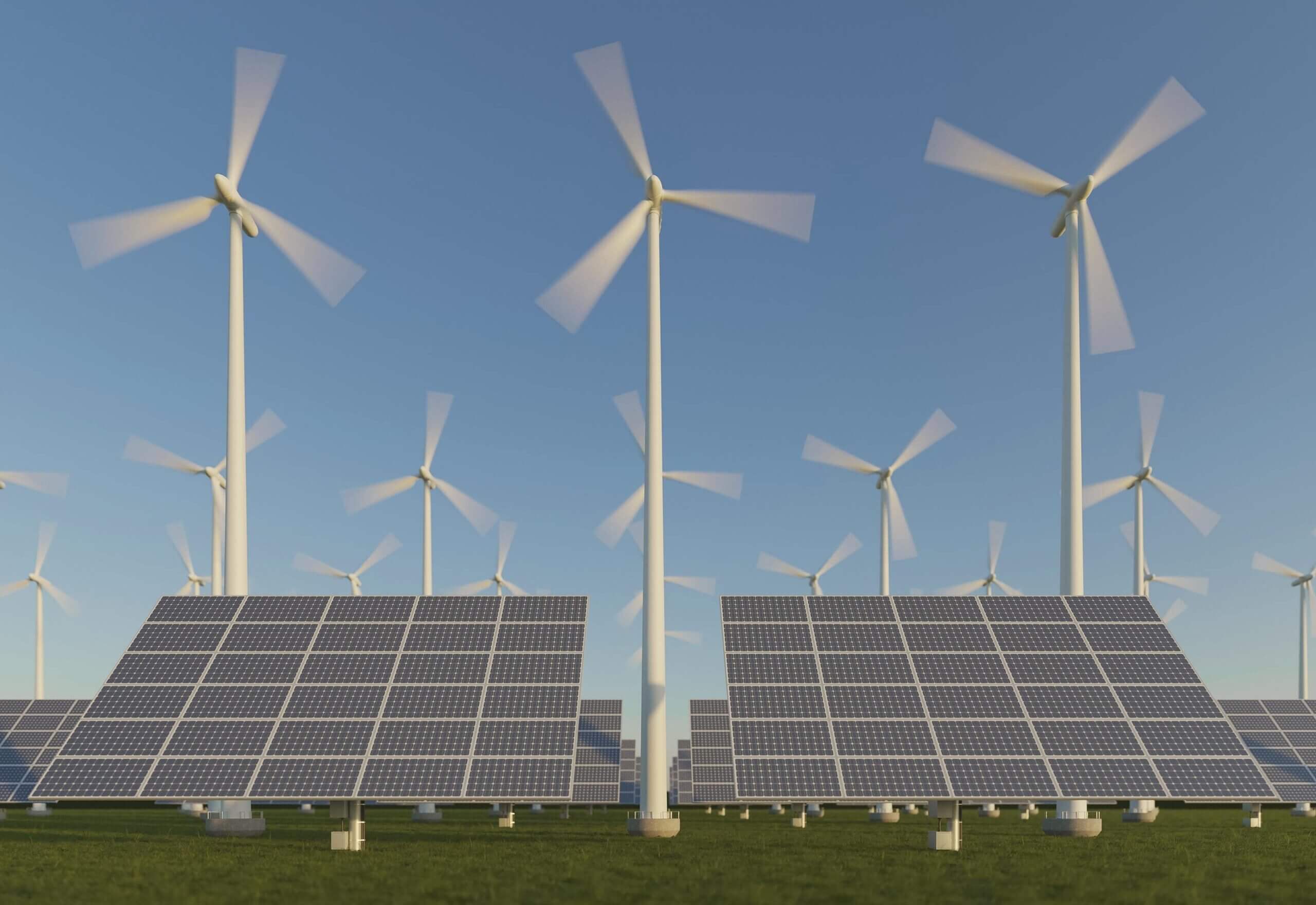Energy is generated by many different sources. Typically, your car’s fuel is gas, and your home’s electricity comes from coal plants. Those kinds of sources are called fossil fuels – and they carry two main problems with them:
- They are depletable. It take millions of years to form, but we burn them quickly to produce energy. At some point, we will run out of all the natural reserves and we will need to get that energy from an alternative source.
- They emit greenhouse gasses. Whenever we burn fossil fuels to produce energy, they emit gasses such as carbon dioxide that contribute to the greenhouse effect. This phenomenon where Earth’s atmosphere ‘traps’ heat from the sun. This leads to an increase in Earth’s temperature that can harm all forms of life on the planet.
The alternative to fossil fuel is called renewable energy. Renewable sources are natural sources that have opposite characteristics as fossil fuels ie. they replenish at a higher rate than consumption and create far lower emissions than fossil fuels.
Examples of renewable energy:
- Solar. The most abundant one, even in cloudy weather! Countries with many hours of sunlight can benefit further from solar energy and it is a key source of any country’s energy mix. The Sun’s energy is 10,000 times greater than humankind’s energy consumption, and technology allows it to be used in the most variety of ways – heat, cooling, lighting, electricity, and fuel.
- Wind. We’ve made us of the kinetic energy generated by wind-moving turbines for a long time with windmills. Over the last few years, wind energy technology has really evolved to be a large part of electricity production in many countries.
- Geothermal. Accessing heat from Earth’s interior and converting it to move turbines is called geothermal energy. Hydrothermal reservoirs have already been used for more than 100 years, and are mature and reliable sources of energy.
- Hydropower. It captures the energy of water moving from higher to lower elevations – like rivers, for instance – and it is the largest renewable energy source used to generate electricity. Nowadays, it also comes from reservoirs with stored water – hydroelectric plants. Those plants can serve multiple purposes beyond energy – like providing water for drinking, irrigation, flood/drought control, and navigation.
- Ocean energy. Uses the kinetic and thermal energy of sea waves to produce electricity or heat. This source is still in the early stages of development, but the theoretical energy potential surpasses worldwide human energy demands.
- Bioenergy. It is produced from biomass – e.g wood, charcoal, dung, or others – as heat or power sources. Also, it has agricultural purposes, and most of it goes to rural areas to be used for cooking, lighting, and heating.
What is carbon impact?
Now that we’ve defined what the various sources of renewable energy are, we can see that each form of energy generation has an environmental impact. Fossil fuels, such as coal or gas, when burned to produce energy release greenhouse gasses (often termed GHG) into the atmosphere, contributing to the greenhouse effect, and therefore to Earth’s temperature increase and harming all forms of life.
What is the impact of renewable energy?
Renewable energy has significantly lower emissions than fossil fuels for generating the same amount of energy. The specific amount depends on many factors such as the type of renewable plant, it’s size, and it’s purpose (e.g heat or electricity). Hydropower plants, for example, can be a relatively clean source of energy but large water reservoirs can negatively impact the environment, causing floods, extinction of fauna and flora. Despite this, renewable energy projects can be extremely beneficial to communities and the planet:
- Can replace fossil fuel in the grid. If renewable energy is available, it is a no-brainer to replace fossil fuel for it. NREL study says that if 35% of energy comes from renewables, emissions are 25-45% lower – depending on the mix.
- Can be built with minimal environmental impact. All power plants have an environmental impact. As technology advances, projects such as wind plants and solar plants have the lowest environmental impact to be built – and can also have a positive economic impact in their regions, such as an increase in jobs.
- Can satisfy energy demands around the clock. Renewables can be managed, stored in batteries, and meet humankind’s demand for energy by itself. Battery storage has seen an 85% price drop in the decade, and has increased efficiency by 90% with no added GHG emissions. Just to illustrate, countries with a lower number of sunny days in the world still have high solar generation penetration: Denmark (139%), Germany (89%), and Ireland (88%) achieved remarkable usage of photovoltaic panels.
- Can be set up faster and last for decades. Solar and wind farms take less than 2 years to be built, vs 4 years of a gas-fired power plant. The lifespan of renewable facilities is estimated to last 20-40 years, and technology is advancing to make it even better.
Why would you care?
There are benefits other than environmental to going clean:
- Renewable has never been cheaper. BNEF says that the cost of solar energy worldwide is $50/MWh, compared to $300/MWh a decade ago.
- Renewable energy projects can also have co-benefits with their communities. Wind plants can generate farmers and ranchers $4,000-8,000 revenue per turbine, by renting their properties to wind farms.
Consider these sustainable energy solutions. How can you personally make a climate impact, and reduce your carbon footprint? That’s where Dyme comes in.
We specialize in sustainable gift cards! Dyme provides the convenience and flexibility of digital gift card spending across a range of partner websites. Additionally, it offers a unique chance to invest directly in carbon reduction by redirecting your current gift card expenses into solar power investments through our innovative gift card platform. Now you can prioritize sustainable shopping, sustainable eating, and sustainable brands, all through our partnership.
Dyme invests our profits in renewable energy projects in our communities and schools. As we looked at ways to reduce the amount of CO2 in the environment, we believe that renewable energy offers the most effective means per dollar invested. Even more so than buying carbon offsets. And most importantly, creates jobs and reduces energy costs for our communities, while having a beneficial impact on climate. Simply continue shopping as you would at your favorite stores and restaurants, but use a Dyme sustainable gift card instead. Then you will directly contribute to solar power investments.




